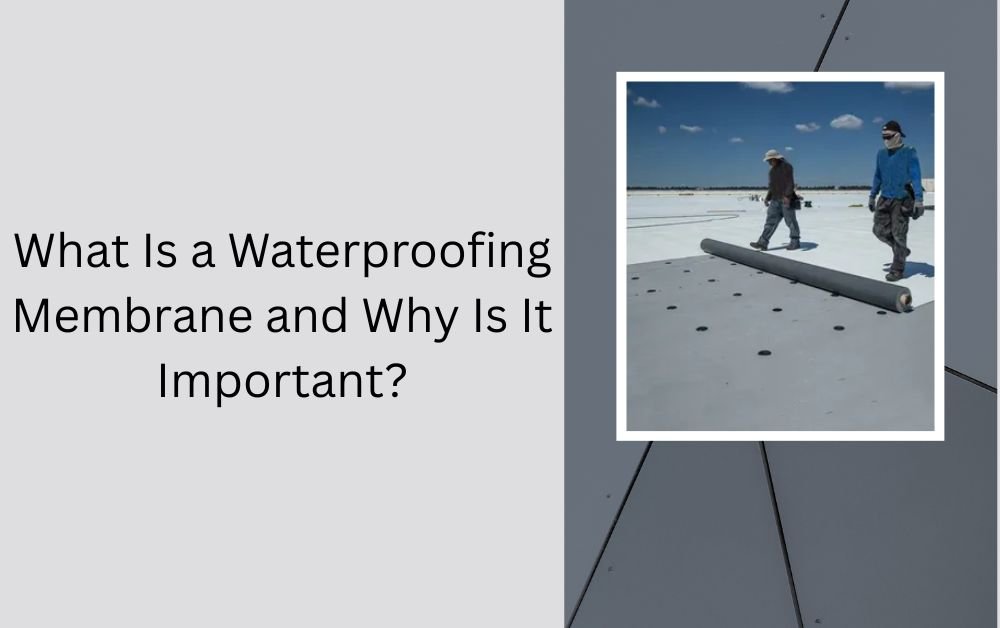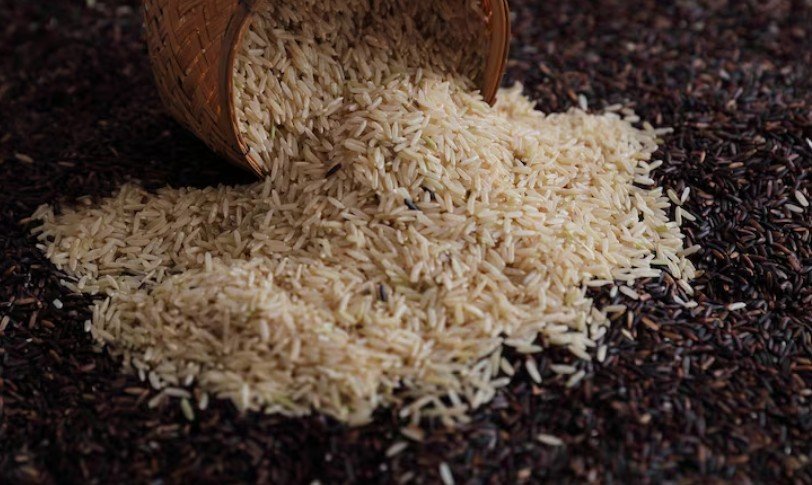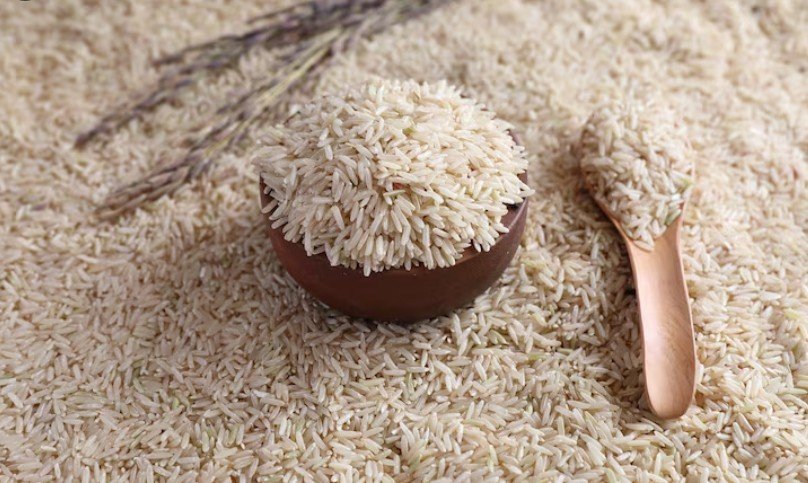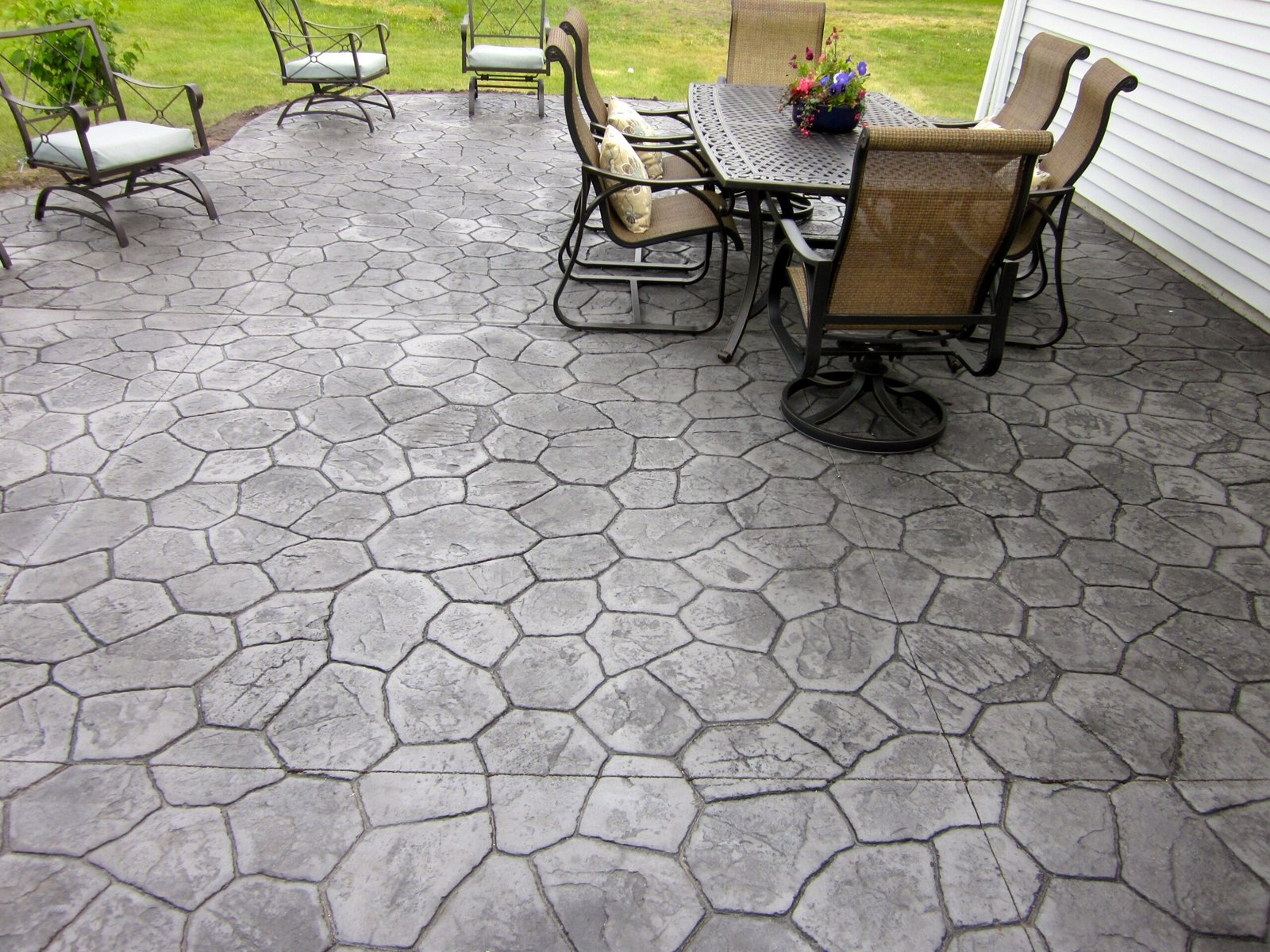Waterproofing is an important step in protecting buildings, roofs, basements, and other surfaces from water damage. One of the best ways to stop water from entering is by using a waterproofing membrane. But what exactly is a waterproofing membrane? And why is it so important?
In this blog, we’ll explain everything you need to know in simple words. We’ll cover what a waterproofing membrane is, why you need it, the different types, where it’s used, and the benefits of using one. Whether you’re a homeowner, builder, or just someone interested in construction, this guide is for you.
What Is a Waterproofing Membrane?
A waterproofing membrane is a thin layer of material that is applied over a surface to stop water from passing through. Think of it like a raincoat for your home or building. Just like a raincoat keeps you dry, a waterproofing membrane keeps water out of walls, roofs, basements, and other areas.
How Does It Work?
The waterproofing membrane acts as a barrier. When it rains or water collects on a surface, the membrane stops that water from entering. It can be placed on different surfaces such as:
- Concrete roofs
- Building foundations
- Basement walls
- Bathrooms and kitchens
- Balconies and terraces
The main goal is to prevent leaks, dampness, and water damage.

Why Is Waterproofing Important?
Water might seem harmless, but over time it can cause a lot of damage to buildings. If water enters your home or structure, it can lead to problems like:
- Cracks in walls and floors
- Mold and mildew growth
- Paint peeling or bubbling
- Rust on steel parts
- Weakening of the building structure
Let’s break down why waterproofing is important in simple points.
1. Protects the Building Structure
When water seeps into concrete or bricks, it slowly damages the strength of the material. Over time, this can make your building weak and unsafe. Waterproofing helps keep the inside of the walls dry, which means your building stays strong for a longer time.
2. Prevents Health Issues
Water leakage often leads to mold and mildew. These are harmful fungi that grow in wet areas. Breathing in mold can cause breathing problems, especially for people with asthma or allergies. A waterproofing membrane keeps the area dry and safe for health.
3. Saves Money on Repairs
Fixing water damage can be very costly. Once water enters a building, it damages paint, walls, ceilings, and sometimes even the furniture. Waterproofing your space from the start is much cheaper than fixing the damage later.
4. Increases Property Value
A building with proper waterproofing is more valuable. Buyers and renters prefer properties that are safe from water leaks. It also means fewer maintenance problems in the future.
Types of Waterproofing Membranes
There are several types of waterproofing membranes available. Each one is made for different surfaces and conditions. Let’s look at the most common ones.
1. Liquid Waterproofing Membrane
This is a liquid that is applied using a brush, roller, or spray. It dries to form a rubber-like layer. It’s perfect for areas with odd shapes or surfaces that are hard to cover with sheets.
Common uses:
- Roofs
- Bathrooms
- Balconies
Advantages:
- Easy to apply
- Seamless (no joints)
- Can cover small cracks
2. Sheet-Based Membrane
This type of membrane comes in rolls or sheets. It is rolled out and stuck to the surface using heat or adhesive. Bitumen and PVC are common materials for these membranes.
Common uses:
- Roofs
- Basements
- Foundations
Advantages:
- Uniform thickness
- Strong and durable
- Ideal for large areas
3. Cementitious Waterproofing
This type uses a mix of cement and special chemicals. It is easy to apply and often used inside buildings.
Common uses:
- Bathrooms
- Water tanks
- Basements
Advantages:
- Easy to use
- Affordable
- Great for wet areas
Where Is Waterproofing Membrane Used?
Waterproofing membranes are used in many different parts of a building. Some common areas include:
Roofs
Roofs face rain and sunlight every day. Without waterproofing, water can leak into the ceiling and walls. A waterproofing membrane keeps the roof dry and long-lasting.
Basements
Basements are usually underground, which makes them more likely to get water from the soil. Waterproofing prevents dampness and water seepage in these areas.
Bathrooms and Kitchens
These areas use water daily. Waterproofing the floor and walls helps avoid leaks to the rooms below or behind the walls.
Terraces and Balconies
Open areas like terraces face rain directly. Waterproofing membranes stop water from collecting and entering the floor.
Water Tanks and Pools
These structures hold water all the time. A good waterproofing membrane ensures no leakage or cracks appear.
Benefits of Using a Waterproofing Membrane
Waterproofing may seem like an extra step, but it gives many long-term benefits. Let’s look at how it helps in simple terms:
Long-Term Protection
It gives your home or building long-term protection against water damage. You don’t need to worry about frequent repairs.
Keeps Interiors Dry and Comfortable
Nobody likes living in a house with damp walls or a leaky ceiling. Waterproofing keeps your indoor spaces clean, dry, and comfortable.
Protects Paint and Wall Finish
Moisture can ruin the look of your painted walls or stylish wallpapers. A waterproof membrane helps keep the beauty of your interiors intact.
Environmentally Friendly
Some modern waterproofing membranes are made using eco-friendly materials. They help save energy by keeping the building cooler and preventing heat loss.
Things to Consider Before Choosing a Waterproofing Membrane
Not all membranes are the same. Choosing the right one depends on your needs. Here are some things to think about before you decide:
Type of Surface
Is it a flat roof, a basement, or a bathroom wall? Different areas need different types of waterproofing.
Weather Conditions
If you live in a place with heavy rain or high humidity, choose a strong and flexible membrane that can handle such conditions.
Budget
Some membranes are cheaper than others, but may not last as long. Always balance quality with cost for the best results.
Application Method
Some membranes need professional installation (like sheet membranes), while others (like liquid types) are easier to apply by yourself.
Professional Waterproofing vs DIY
You might wonder if you can apply a waterproofing membrane on your own. In some small areas like bathrooms, DIY may work. But for bigger projects like roofs or basements, it’s better to hire a professional.
Why hire a professional?
- They know the right materials to use
- They ensure proper surface preparation
- They apply the membrane correctly for best results
- You get long-lasting protection
Conclusion: A Small Step That Makes a Big Difference
Waterproofing may seem like a small step in the construction process, but it plays a huge role in keeping your building safe, healthy, and long-lasting. A waterproofing membrane acts like a shield, blocking water and preventing damage before it starts.
Whether you’re building a new home, fixing an old one, or renovating your bathroom—don’t skip waterproofing. It’s an investment that saves you time, money, and stress in the long run.
So next time you hear the term “waterproofing membrane,” you’ll know exactly what it means—and why it’s so important!
For more insightful articles related to this topic, feel free to visit techners












Leave a Reply